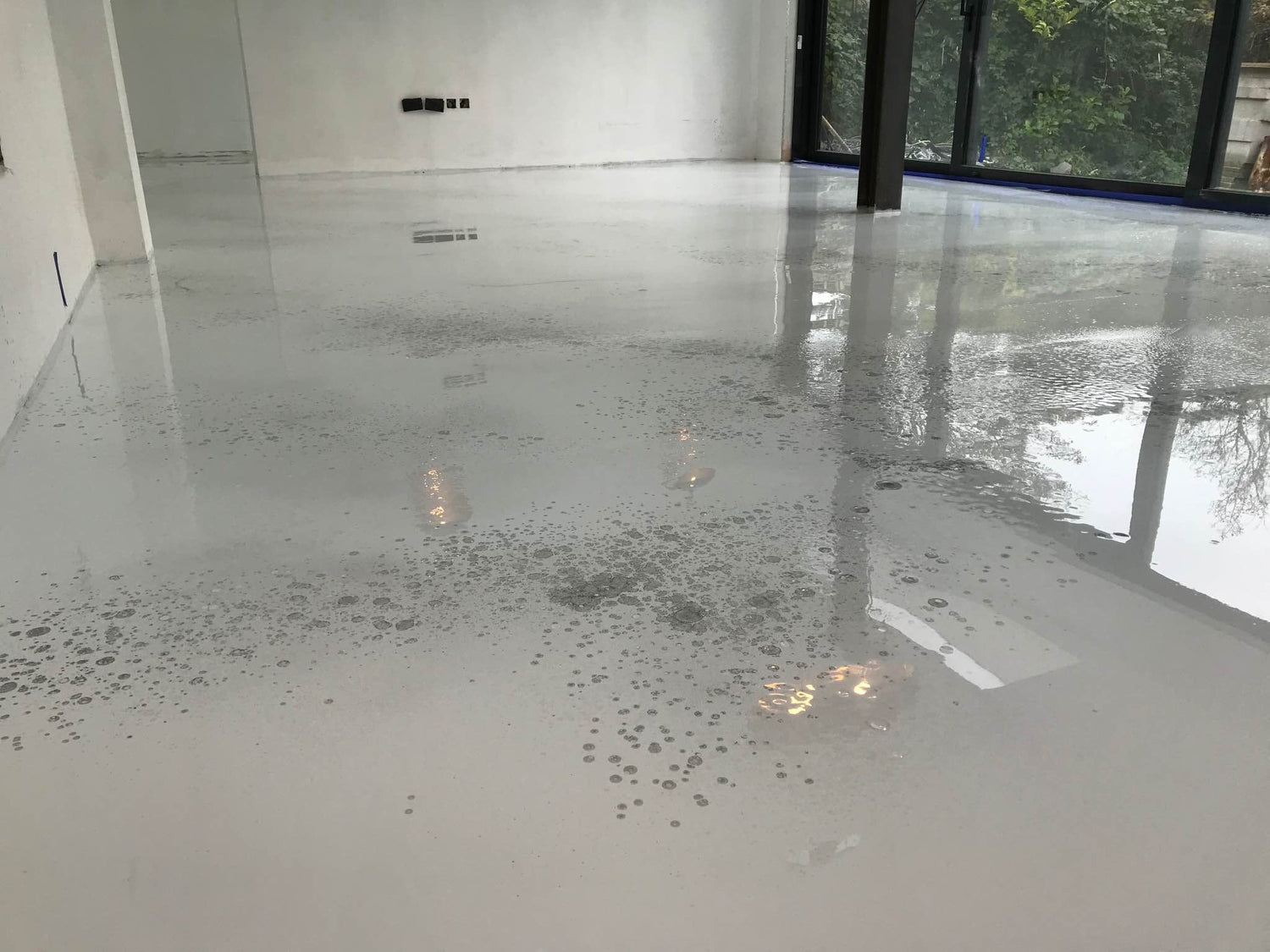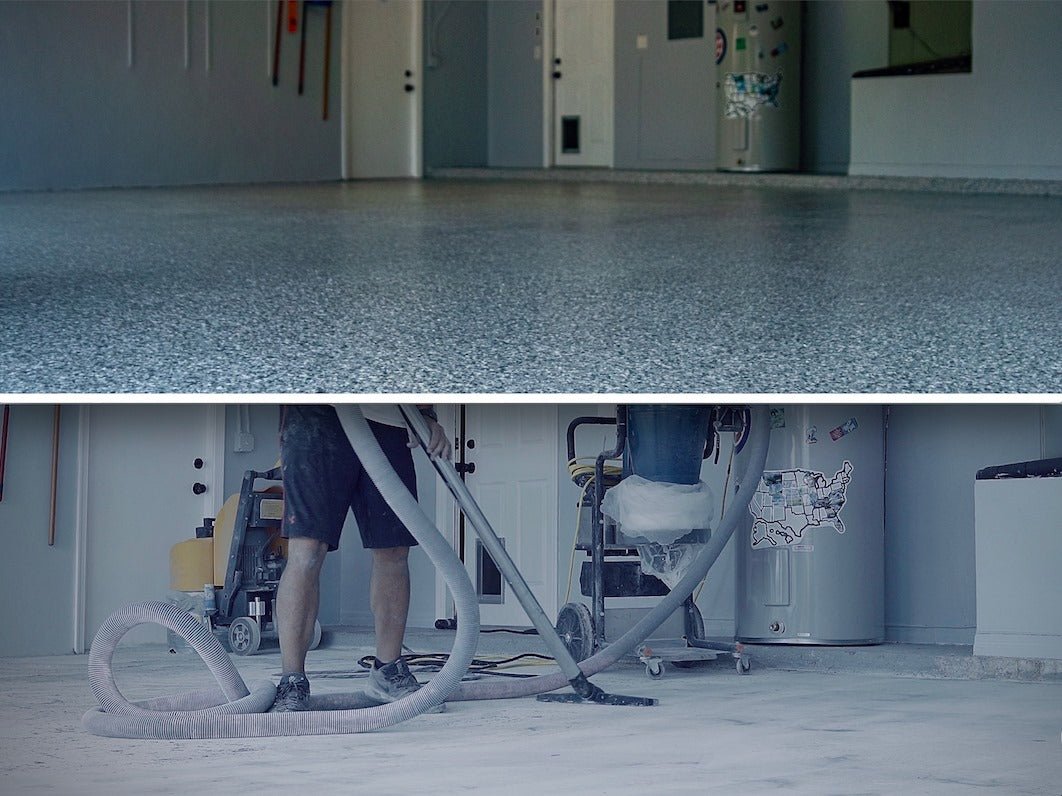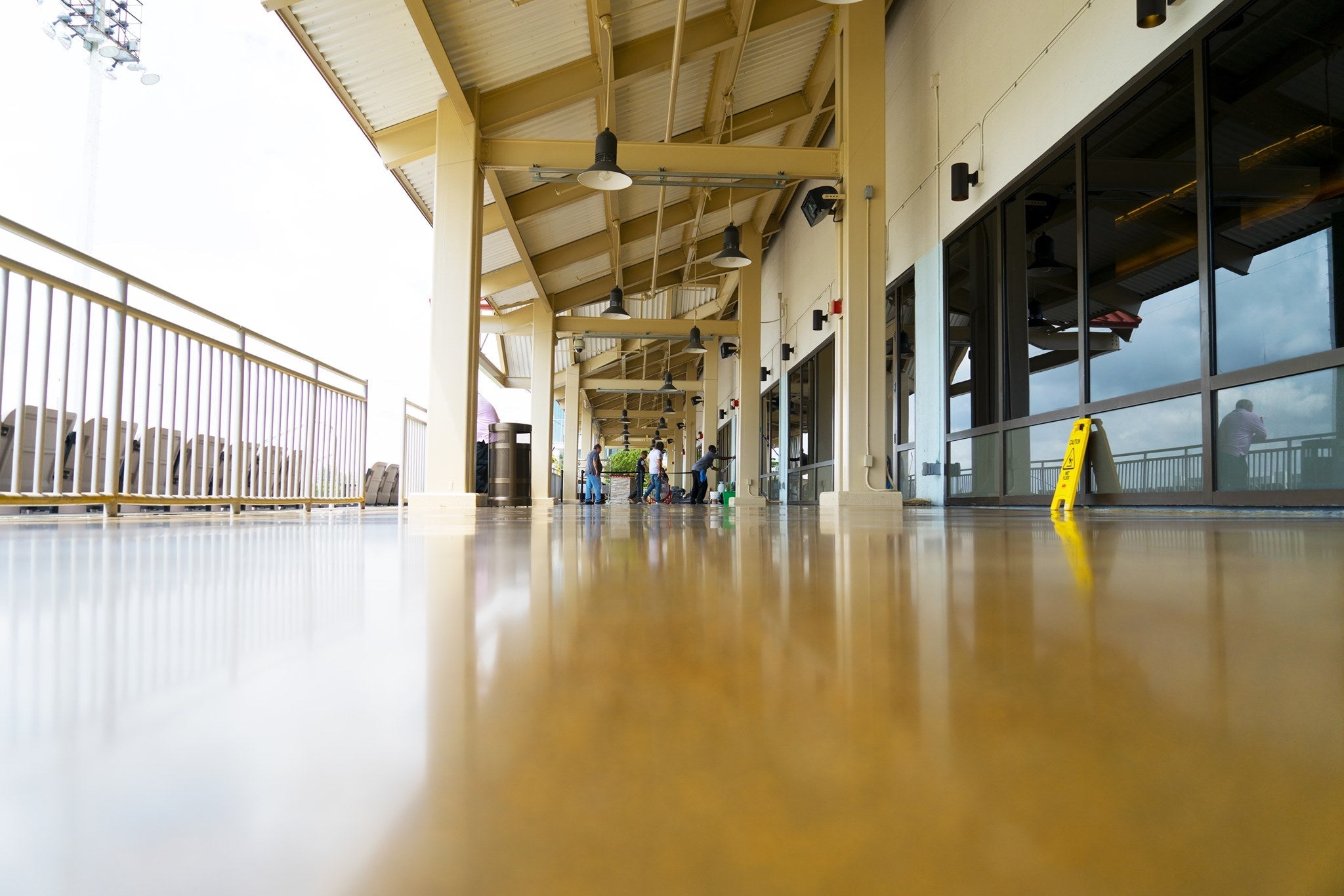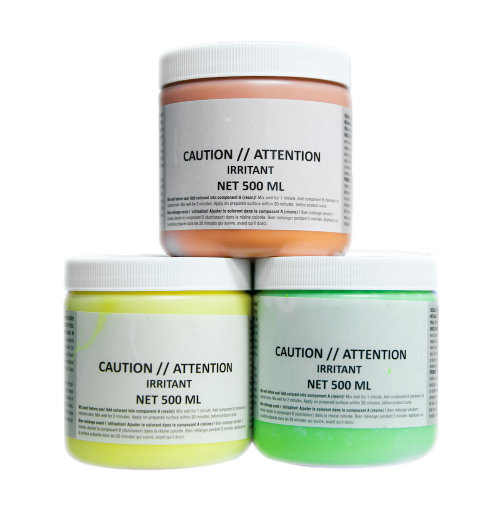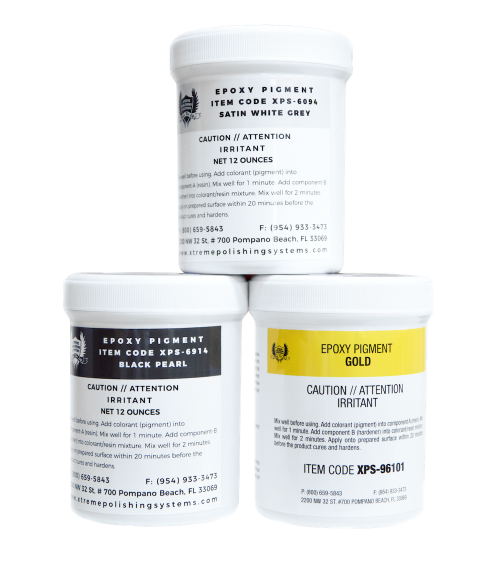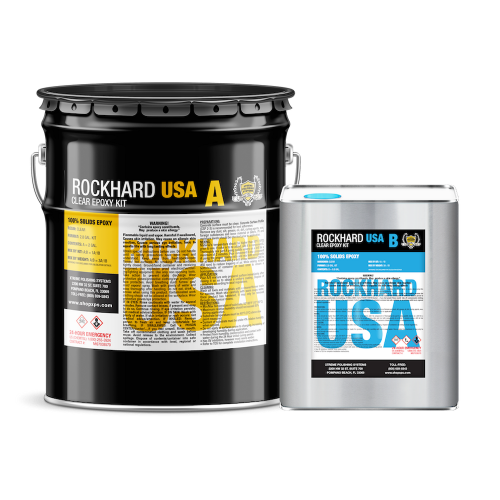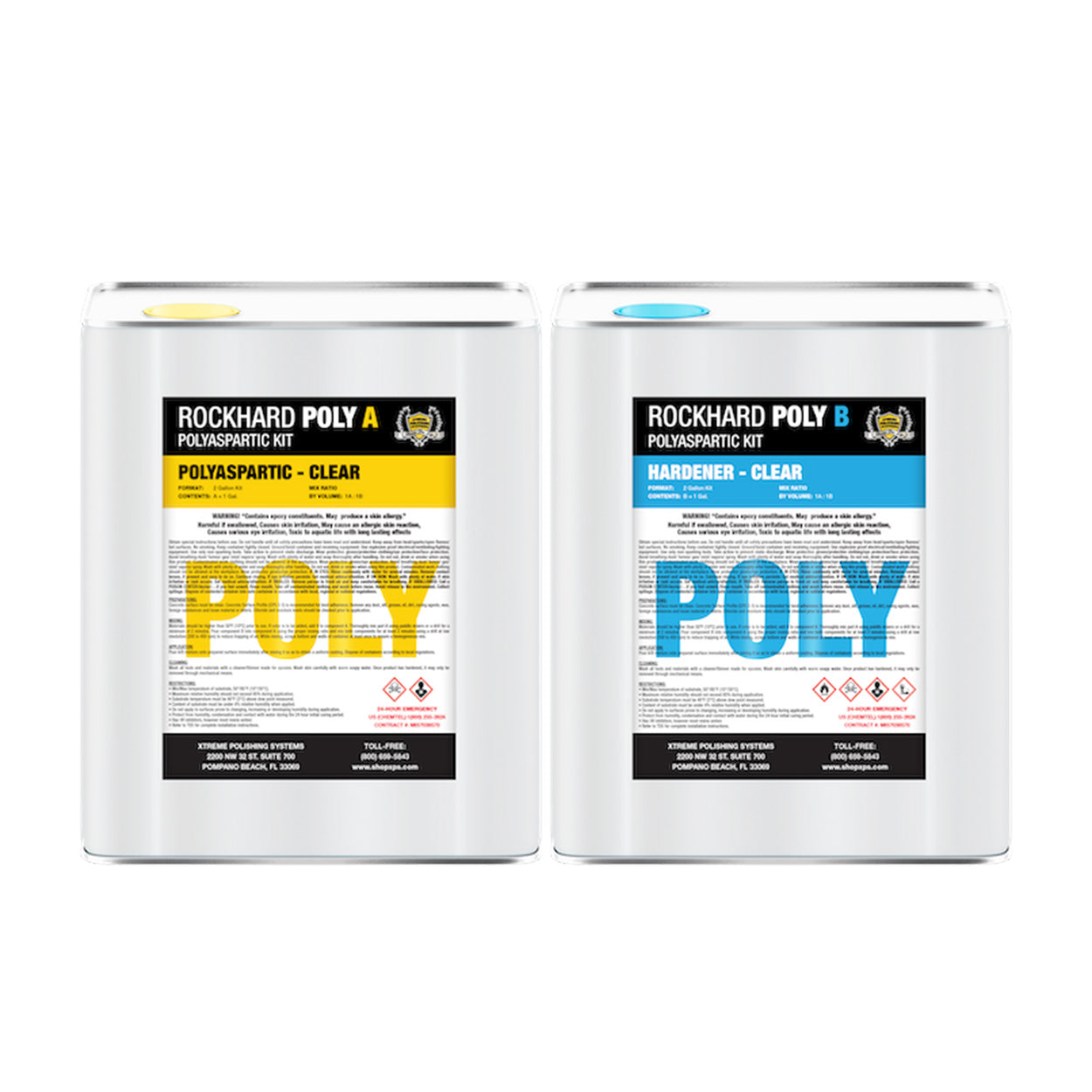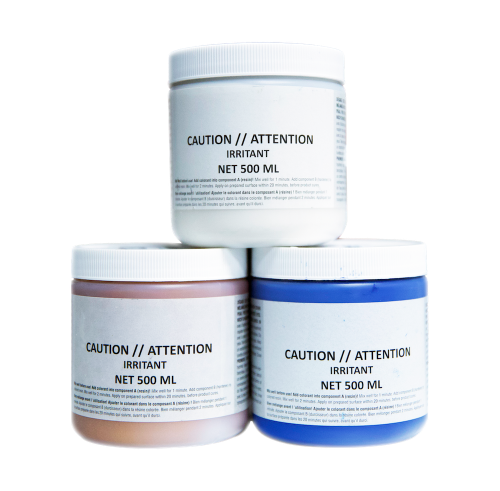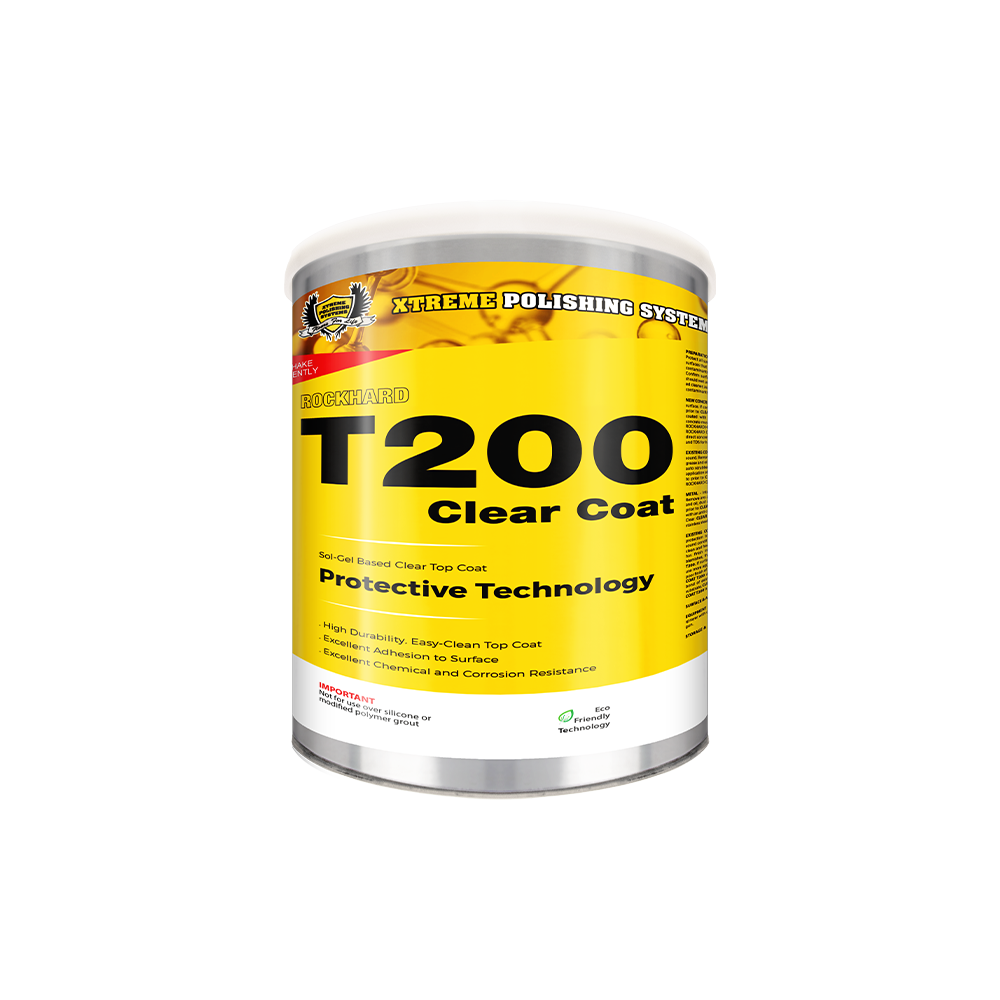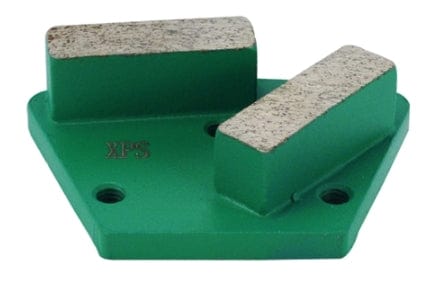To get the most out of your investment, you must start with your endeavor’s core – the installation process. Among the concrete floor coating choices available on the market, epoxy floor coatings have gained considerable popularity for their durability, appealing finish, and low maintenance level. When epoxy floor coatings get installed correctly, they can last and endure the test of time. But, like any other floor coating type, if applied inappropriately, epoxy coatings can cause some serious drawbacks on your concrete flooring.
It is necessary to know why they fail in the first place to prevent epoxy floor coating failures. The following are the common reasons why epoxy coatings fail:
Top 7 Most Common Reasons Epoxy Coatings Fail
1. Inappropriate Surface Preparation - An epoxy coating kit from any epoxy supplier or big retail establishments will usually tell the DIY user to wash the floor clean or etch it with muriatic acid. However, cleaning alone is not enough. Although a reasonable method for concrete surface preparation, cleaning, and acid etching the surface does not always work. On surfaces with pores that are open and accessible enough to allow the acid to react and eliminate the thin cement paste on top, called laitance, acid etching is a viable choice. However, on concrete surfaces that are not porous, oil-stained, painted, or exposed to contaminants such as wax, tire shine, or other maintenance lubricants, acid etching will do no good. Epoxy coatings do not adhere to smooth or unprepared surfaces. Even if your concrete slab has a textured surface due to being rough still does not signify the concrete surface will accept the epoxy coating. It is required that ALL concrete surfaces must undergo surface preparation using a concrete refinishing machine, such as concrete floor grinders and polishers BEFORE the application of an epoxy coating.
1.1 Peeling Floors - An epoxy coating peels from floors due to several underlying factors. The most frequent reason is improper epoxy preparation or improper epoxy application by applying epoxy under extreme temperature conditions – either too hot or too cold. The surface must be polished and free of oil, grease, debris, and other foreign objects or contaminants for appropriate concrete preparation. Or else, the epoxy will pull away from the floor as curing starts, producing “pinholes” or “fisheyes,” which are round holes in the finish. Additionally, to debunk the common misconception, epoxy does not adhere to a smooth surface. Even brand new concrete floors still need to undergo surface preparation. Although acid etching may work for some concrete, the best method is grinding the concrete to prepare it for epoxy.
2. Contaminated Concrete - Another issue that often results in epoxy coating failure is contaminated concrete. Contaminants like fatty acids, silicone, siloxane, and acrylics can penetrate deep enough to impact future applications’ adhesive abilities, even if the concrete gets prepared correctly. Occasionally, you will need to use heavy shot blasting (CSP-4 or greater) to address this issue, or you may opt to cut or replace the heavily contaminated concrete areas.
3. Poor Bond Strength - An adhesive strength that surpasses the concrete’s pull strength is a characteristic that represents a good epoxy coating. Some epoxy coating kits fail here as they could just be an epoxy-fortified latex paint that contains too many fillers. Although these kits make epoxy significantly cheaper, these kits do not contain good bond strength applications that are able to withstand constant wear and tear, so using an industrial-grade epoxy coating is highly recommended.
4. Inadequate Wicking / Wet-Out - Another characteristic of a suitable epoxy coating is that it “wets out” the surface prepared concrete, soaking all open pores and surface impurities created by the surface preparation process. Materials that set too fast may be too thick to penetrate the pores or dwindle significantly during curing, making it impossible to thoroughly wet out the concrete. This issue is most prevalent among new companies who use the most recent, state-of-the-art, 1-day coatings. New installers overlook the fact that these materials set too fast to even penetrate the concrete, resulting in premature coating failures, especially in places with hot, humid weather.
5. Excessive Humidity - Conducting an epoxy coatings installation on an excessively humid day can adversely affect the bond strength between layers of epoxy coatings or the inter-coat adhesion. Too much humidity will almost certainly result in delamination, cloudiness, and premature and improper curing. Installers must always take into account the existing weather conditions before proceeding with the installation of a coating.
6. Product Mixing Issues - Improper mixing, such that the products don’t get mixed at proper ratios and partitions, or products that don’t get combined for the right amount of time intended for mixing, will not cure the epoxy coatings properly. Moreover, many layers are sensitive to the amount of air present during the mixing procedure.
6.1 Inconsistent Color - Another signifier that you are doing something wrong in the mixing process is when the color of your epoxy floor coating is uneven. This inconsistent color may be attributable to factors, such as improper mixing of the epoxy, oil, grease, or other contaminants, and color variations in the batches of the coating kits. Additionally, ultraviolet light can also be a factor for this color variation. Allowing one set of coating kits to sit under the sun but not the next can cause the two to vary in color.
7. Running Out of Epoxy - Usually, purchasing epoxy floor coating kits could result in you not having enough material for the designated project. This is usually due to the installer of the epoxy coatings being inexperienced in the field. For instance, stretching the epoxy coating material so it completely cover the designated surface area to ensure the coatings covers it completely is not the smartest choice, as it will likely result in the epoxy coating being too thin or not hard enough.
Preventing These Problems
Applying epoxy floor coatings can indeed be tricky, but there are ways to go around it and avoid the occurrence of the same problems. Mainly, you must ensure that the surface or concrete gets correctly prepared. Make sure to consider environmental conditions before proceeding with the floor coating installation. You also have to mix the epoxy appropriately to avoid discoloration and air bubbles.
Now you know the basics just in case you plan on taking on this business venture for one of your spaces. If you intend to do the job yourself, please consider all the possible outcomes before attempting an epoxy coatings application. You could save yourself serious money by carefully doing things yourself, or you could run into a wealth of problems along the road and end up spending more money. To guarantee that you are doing things properly and to ensure the quality of products and services, consider reaching out to the experts at Xtreme Polishing Systems Supply today!
Conclusion
At Xtreme Polishing Systems, our team of experts understands that concrete can variate in properties, therefore each slab must be treated differently. We also know how common it is for those unforeseen complications to occur after hours while still on the job site. It is crucial to have immediate support for achieving beautiful concrete finishes.
Whether you’re a professional contractor or a do-it-yourself type of person, our top-of-the-line concrete product supply and industry expertise are available to anyone. Our pros are here to discuss all your project concerns to assist you every step of the way, from START to FINISH.
Questions? We would love to hear them! Our professionals are readily available to answer all your questions and to provide you with concrete knowledge and industry expertise in the overall preparation and completion of a concrete floor project. Shop Online or Call (877) 958-5732 for all your concrete flooring needs!

